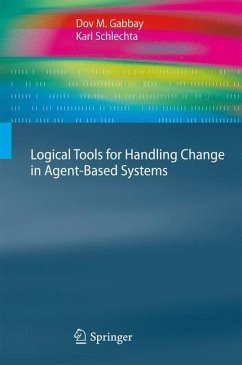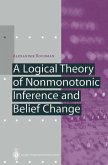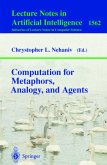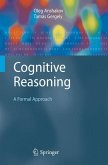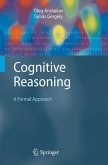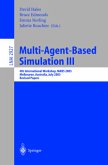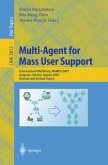Agents act on the basis of their beliefs and these beliefs change as they interact with other agents. In this book the authors propose and explain general logical tools for handling change. These tools include preferential reasoning, theory revision, and reasoning in inheritance systems, and the authors use these tools to examine nonmonotonic logic, deontic logic, counterfactuals, modal logic, intuitionistic logic, and temporal logic.
This book will be of benefit to researchers engaged with artificial intelligence, and in particular agents, multiagent systems and nonmonotonic logic.
This book will be of benefit to researchers engaged with artificial intelligence, and in particular agents, multiagent systems and nonmonotonic logic.
From the reviews: "I welcome this book and its attempt to bring systematic, reductive, and semantical order to a field that has had many different approaches, written by two well-established researchers in this area and other related areas of technical work on philosophically and epistemically motivated logics." Saul Kripke (The City University of New York) "This book covers a broad range of ideas related to nonmonotonic reasoning. This review summarizes some of its nice ideas--or, as the authors say, its 'logical tools.' ... It would be fair to call this whole book an exposition on reactive diagrams in various application areas. ... there is substantial material for researchers. ... the book is primarily concerned with semantic structures." (K. Lodaya, ACM Computing Reviews, February, 2011)

